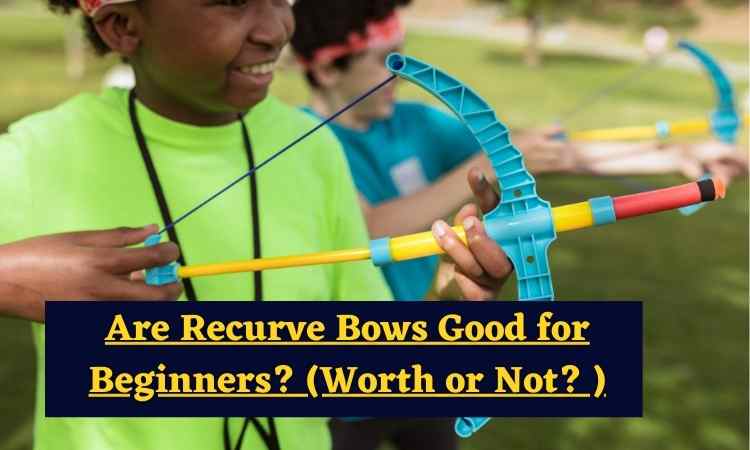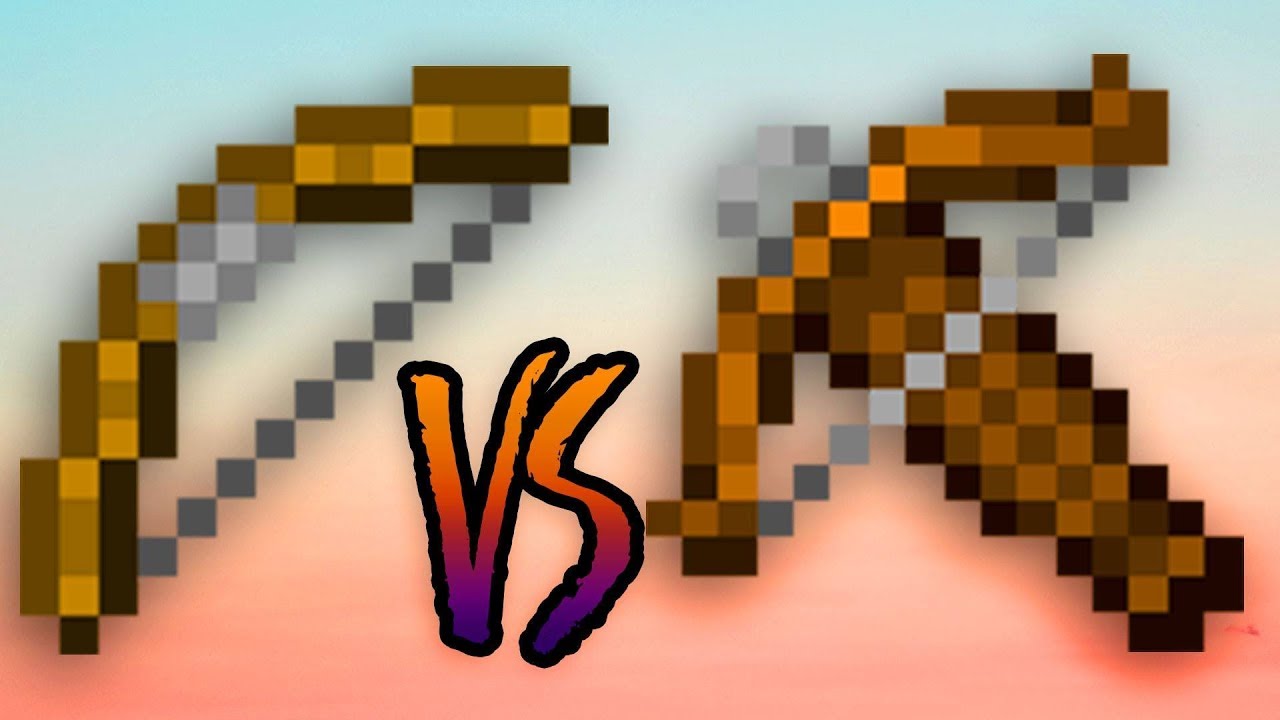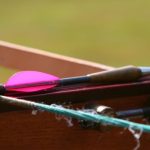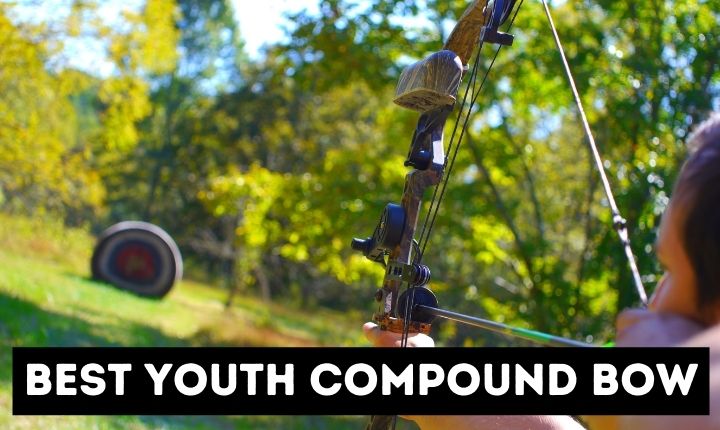When it comes to learning archery, choosing the right type of bow seems difficult and it’s even true for me. While there are many different types of bows to choose from, including traditional longbows, compound bows, and crossbows, recurve bows have become a popular choice for beginners due to their simplicity and ease of use.
But Are Recurve Bows Good for Beginners?
Yes, recurve bows are excellent for beginners. They offer versatility with adjustable features, allowing beginners to personalize their equipment as they progress. Recurve bows promote proper form development, are affordable and widely accessible, and contribute to skill growth. Their portability and the supportive archery community make them a worthwhile choice for newcomers.
With this in mind, it’s important to carefully consider the pros and cons of recurve bows for beginners before making a decision.
Why do many experienced archers recommend recurve bows as the ideal choice for beginners?
Experienced archers often recommend recurve bows for beginners due to their simplicity and versatility. They provide a solid foundation for learning proper shooting techniques and forms.
Recurve bows are accessible, affordable, and widely available, making them a practical choice for newcomers.
Moreover, their adjustable features allow beginners to customize their equipment as they progress, ensuring a comfortable and personalized shooting experience.
The supportive archery community surrounding recurve bows also offers valuable guidance and encouragement, helping beginners navigate their journey with ease.
How do recurve bows contribute to the learning curve of beginners in terms of technique and form?
Recurve bows play a vital role in shaping the learning curve of beginners by fostering proper technique and form. They demand discipline and precision, allowing archers to develop a strong foundation for their shooting skills.
The simplicity of recurve bows compels beginners to focus intensely on their posture, grip, and release. With each arrow drawn back, there’s a surge of excitement and determination to hit the target dead center.
As they consistently practice with a recurve bow, beginners witness their technique improve, arrows soaring gracefully toward the mark with increasing accuracy.
This progression instills a sense of accomplishment and fuels the desire to push further, to achieve greater precision and finesse.
Recurve bows become trusted companions in this journey, guiding beginners towards mastery, one arrow at a time.
Advantages of Recurve Bows for Beginners
Easier to Learn Proper Shooting Technique
One of the main advantages of recurve bows for beginners is that they are easier to learn proper shooting techniques with.
This is because recurve bows have a more traditional design, with no mechanical parts or pulleys like those found on compound bows.
This makes them simpler to use and understand, allowing the beginner to focus on developing good form and technique without having to worry about the mechanics of the bow.
More Forgiving than Compound Bows
Another advantage of recurve bows for beginners is that they are generally more forgiving than compound bows.
This means that small mistakes in form or technique are less likely to result in poor shots. This can be especially beneficial for beginners who are still learning the proper way to shoot.
| Bow Type | Forgiveness |
| Recurve | High |
| Compound | Low |
More Portable and Lightweight than Traditional Longbows
Recurve bows are also more portable and lightweight than traditional longbows, making them easier to transport and handle.
This can be especially useful for beginners who may not have the strength or stamina to handle a larger, heavier bow.
| Type of Arrow | Weight Range | Suitable for Recurve Bow |
| Field Points | 5-20 grains | Yes |
| Target Points | 25-50 grains | Yes |
| Hunting Points | 100-125 grains | Yes (may require higher draw weight) |
| Broadheads | 125-200 grains | No (not suitable for recurve bows) |
| Specialized Hunting Arrows | Varies | Depends on the specific arrow (may not be suitable for recurve bows) |
Disadvantages of Recurve Bows for Beginners
While there are many advantages to using a recurve bow as a beginner, there are also a few disadvantages to consider.
May Require More Physical Strength to Draw Back the String
One potential drawback of recurve bows for beginners is that they may require more physical strength to draw back the string.
This is because recurve bows do not have the mechanical advantage of compound bows, which use pulleys to reduce the amount of force required to draw back the string.
As a result, beginners may find it more difficult to draw back the string on a recurve bow, especially if they have a higher draw weight.
More Expensive than Beginner Compound Bows
Another disadvantage of recurve bows for beginners is that they can be more expensive than beginner compound bows.
This is because recurve bows are generally made with higher-quality materials and construction, resulting in a higher price point.
Limited Versatility in Terms of Arrow Weights and Types
Finally, recurve bows may have limited versatility in terms of arrow weights and types.
While they can generally handle a wider range of arrow weights than compound bows, they may not be able to accommodate the heaviest or lightest arrows.
In addition, recurve bows may not be able to use certain types of arrows, such as broadheads or specialized hunting arrows.
Recurve Bow Compatibility ( Relatively )
| Compatibility Factor | Recurve Bow | Compound Bow | Traditional Longbow |
| Ease of use | Moderate | High | Low |
| Forgiveness | High | Low | Low |
| Portability | High | Low | Low |
| Physical strength | Moderate | Low | High |
| Cost | Moderate | Low | High |
| Arrow weight range | Wide | Narrow | Wide |
| Arrow type range | Moderate | Wide | Moderate |
| Sight and stabilizer options | Low | High | Low |
What Factors to Consider When Choosing a Recurve Bow
If you’re considering a recurve bow as a beginner, there are a few factors to consider before making a decision.
Draw Weight and Length
One of the most important factors to consider when choosing a recurve bow is the draw weight and length. The draw weight refers to the amount of force required to draw back the string, and it is measured in pounds.
Beginners may want to start with lower draw weight, around 20-30 pounds, and work their way up as they become more comfortable and develop their strength.
The length of the bow, measured from the tip of one limb to the other, will also affect the ease of use and the amount of force required to draw back the string.
Shorter bows tend to have lower draw weights, while longer bows may require more strength.
Materials and Construction
Another factor to consider is the materials and construction of the recurve bow. Higher quality materials and construction will typically result in a more durable and accurate bow, but it may also come at a higher price point. Beginners may want to look for a balance between quality and affordability.
Sight and Stabilizer Options
Finally, consider the sight and stabilizer options available on the recurve bow. Sights and stabilizers can help improve accuracy and consistency, but they can also add additional weight and complexity to the bow. Beginners may want to start with a simple, barebones setup and add more advanced features as they progress.
Conclusion
Thanks for reading.
We have many articles about the recurve bow, you can check them all for basic to pro knowledge.

General Manager & Auditorial Head.
Killian Jake is a World Sports Traveler and hobbyist sports lover. By exploring different sorts of playing modules like indoor, outdoor, and many more. As for professionalism and writing, it’s helpful to give you the right suggestions on different games and sports.





